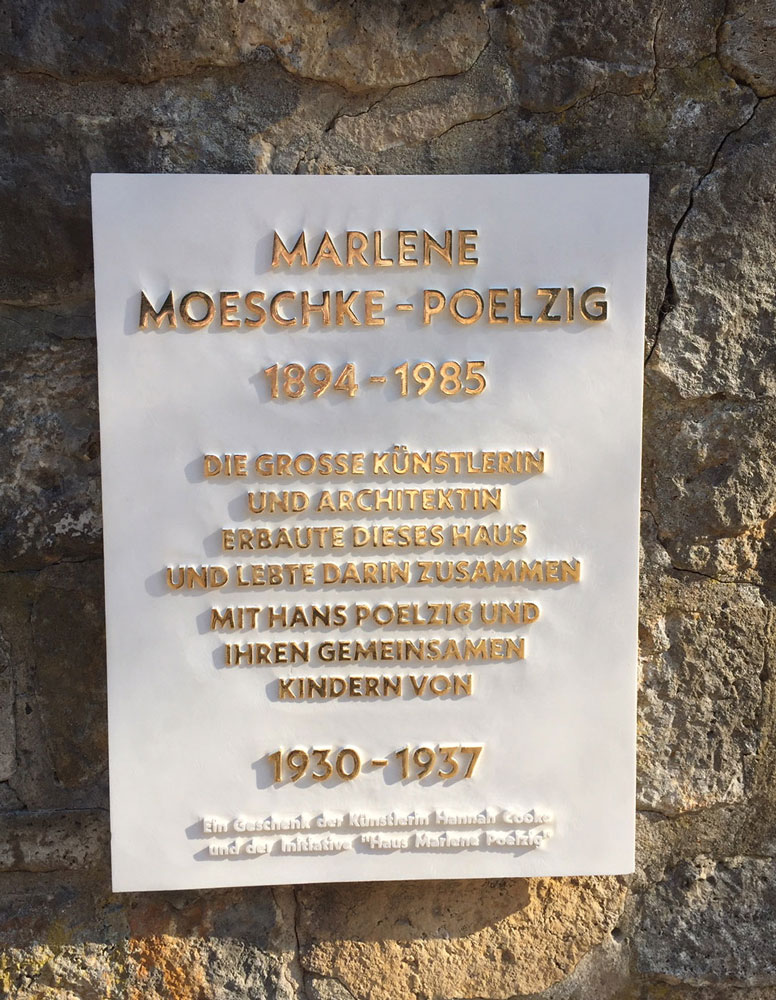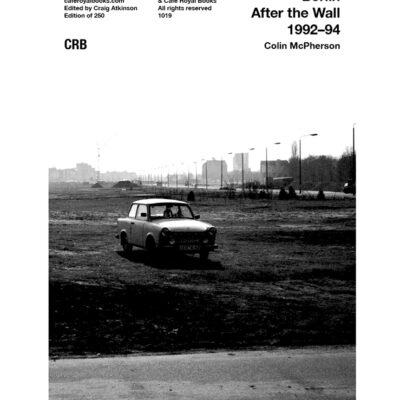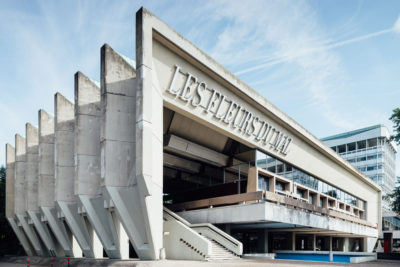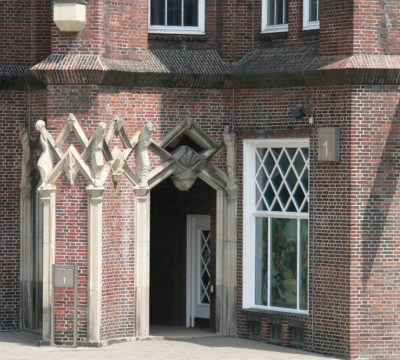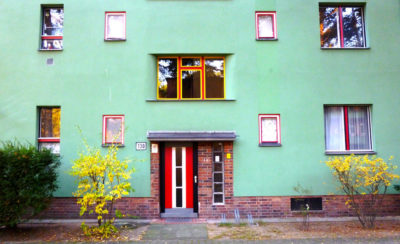Haus Marlene Poelzig
Erasing Women From History Must Stop
Is there a moment when someone’s role is so diminished by events and malign politics that their contribution disappears? For women in architecture, their work, reputation and legacy is precarious. Marlene Moeschke-Poelzig might have been erased from history if not for a group of determined campaigners who want to save the home in which she lived and worked with her husband Hans Poelzig.
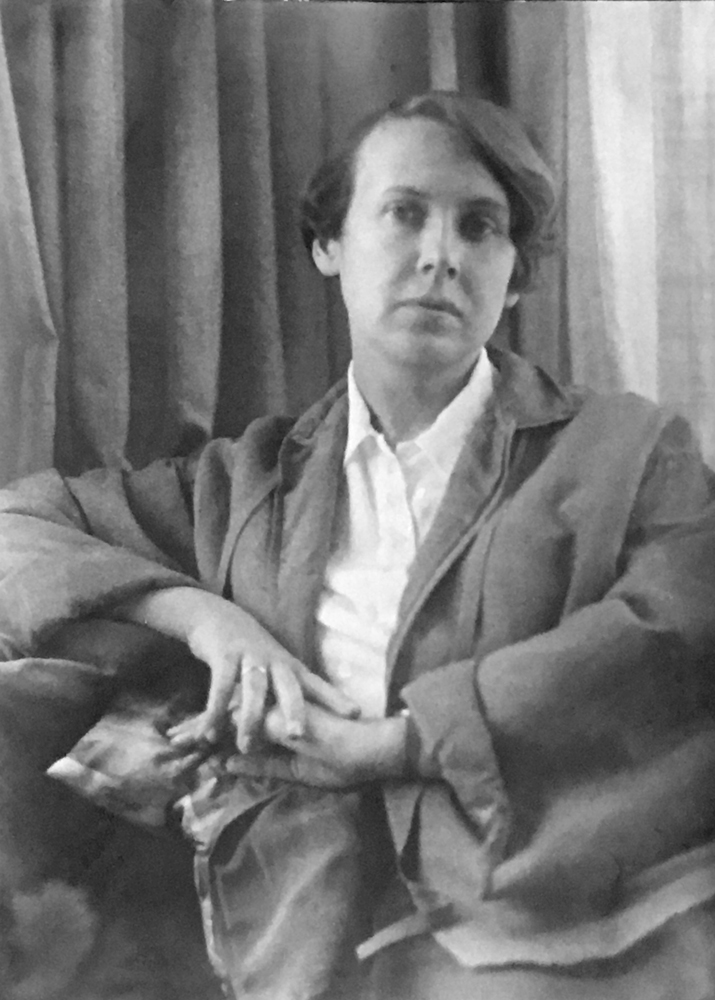
Marlene Moeschke Image: Dr. Heike Hambrock, Poelzig Estate
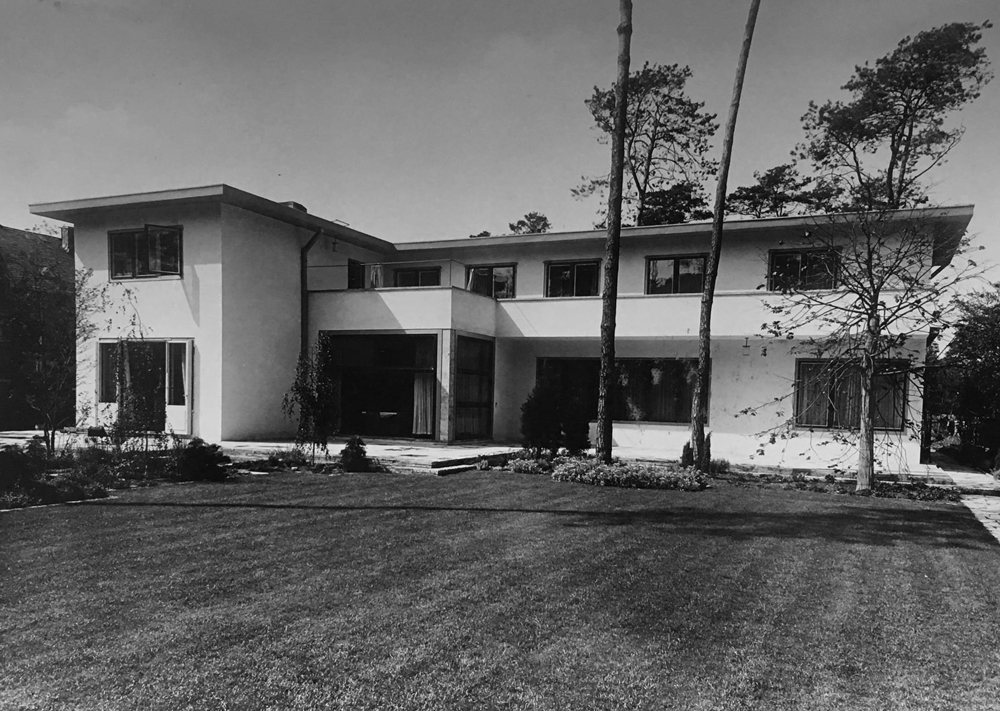
Image Architekturmuseum, Technische Universität Berlin
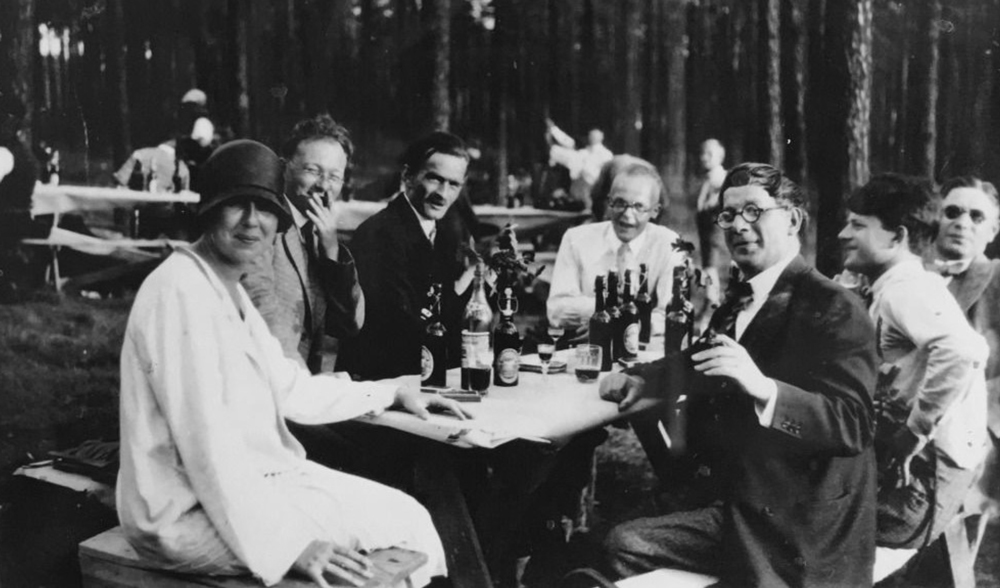
Marlene and Hans Poelzig (far right and left of image)
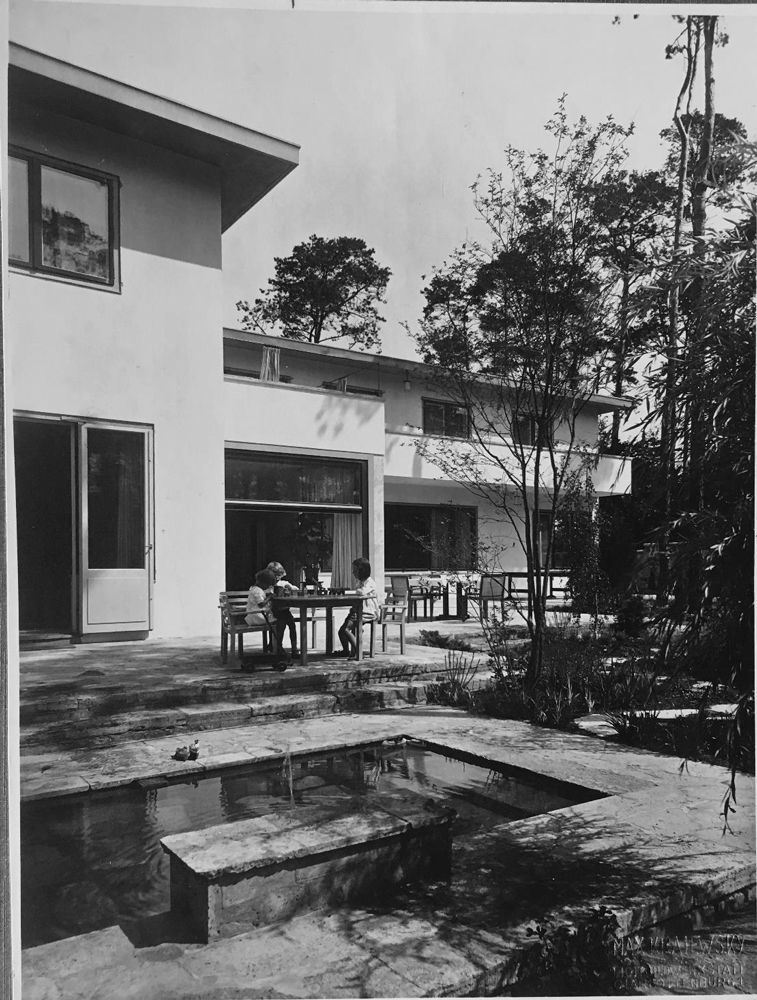
At the round table on the terrace Marlene Poelzig Haus 1930. Image Wasmuths Monatsheft architecture magazine via Architekturmuseum, Technische Universität Berlin
Hans Poelzig was a sought after architect whose commissions crisscrossed between large scale buildings, theatres and even set design; the town in Paul Wegener’s Der Golem is a stand out example. He suddenly died in 1936 after a deeply unhappy period harassed by the Nazis for his criticism of the party. With his passing, Marlene’s career was cut short. Germany was changing dramatically and an independent female artist, tainted by association, didn’t fit the ideal mother’s model of the National Socialists. A fulfilled woman’s life focused on “kinder und küche” and any woman who wished to express herself through art, abstract, the avant-garde or, even worse, modernism would have been, at best, ostracised. Marlene was forced to close Studio Poelzig and get out of Berlin. She moved with her children to her birthplace, Hamburg.
Harlan’s life became incredibly complicated after the war and in 1954 he sold the house to Westfälische Transport AG. The new owners instructed architect Willi Schreiber to make extensive changes, giving the modernist house a traditional ‘German-country style’ vibe (you can only wonder what the Poelzigs would have made of this) and along with more tweaks and change of ownership along the way, that is how it remains today. Well, sort of, because a campaigner described the house as in a ‘ruinous’ state. Nothing can ever simply remain frozen in time. The roof, or lack of, means every time it rains the building gets a further battering.
The post-war architectural changes are now an obstacle to putting in place measures to protect the house. Applications to place the house on the heritage list have been turned down on the basis that the alterations have substantially changed the fabric of the original design.
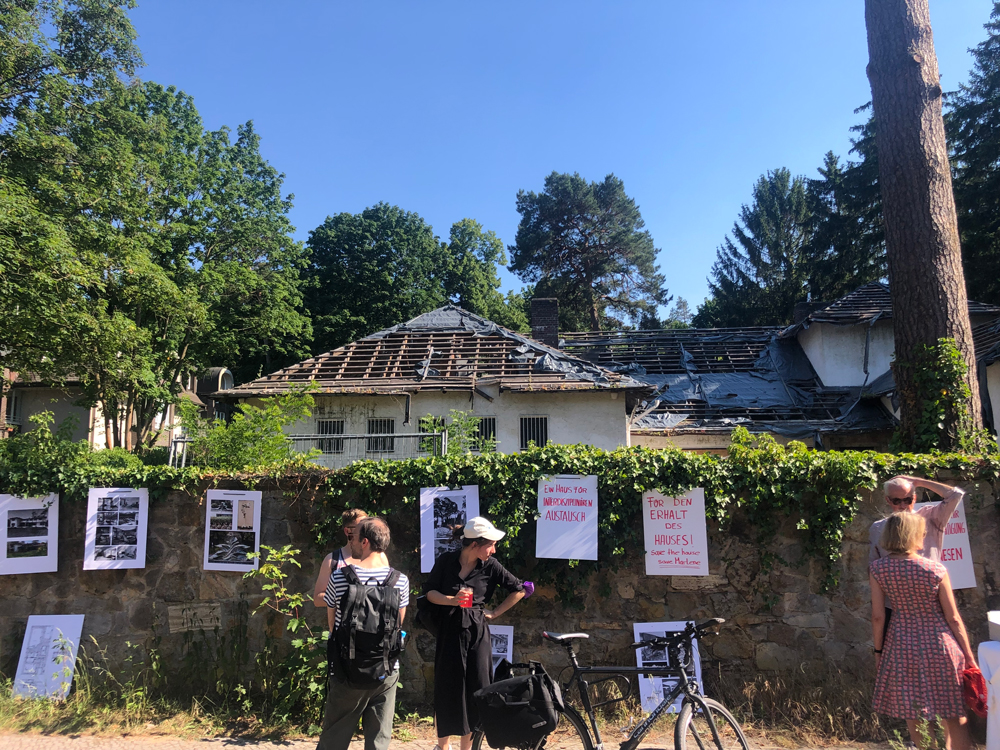
Demonstration by conservationists
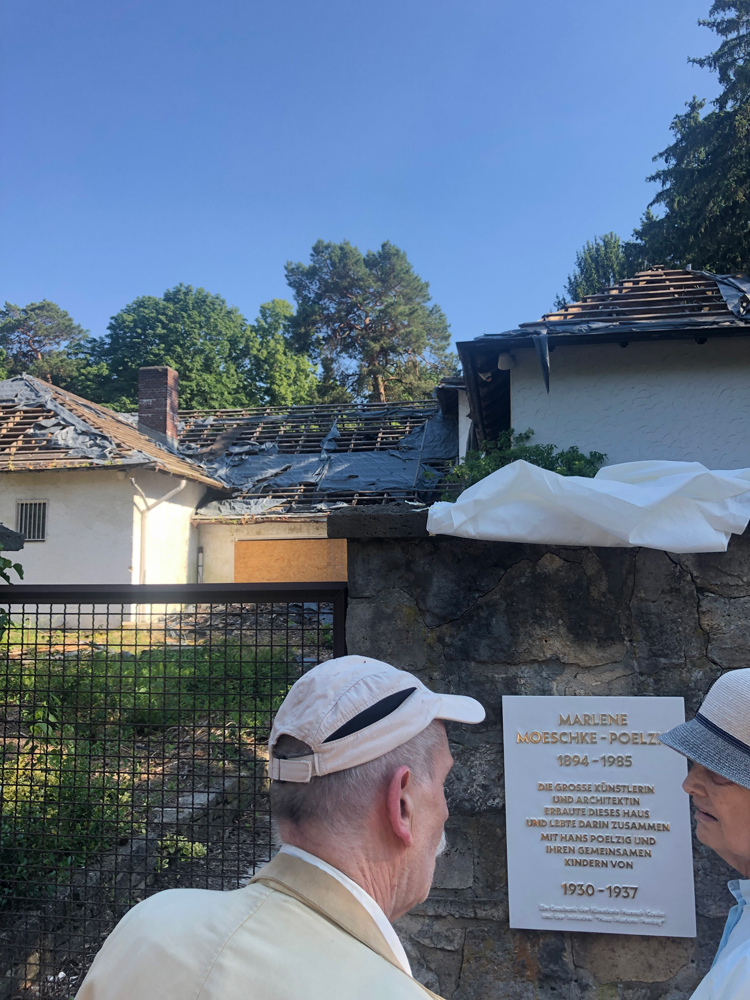
Marlene Poelzig Haus sign on fence denoting its importance
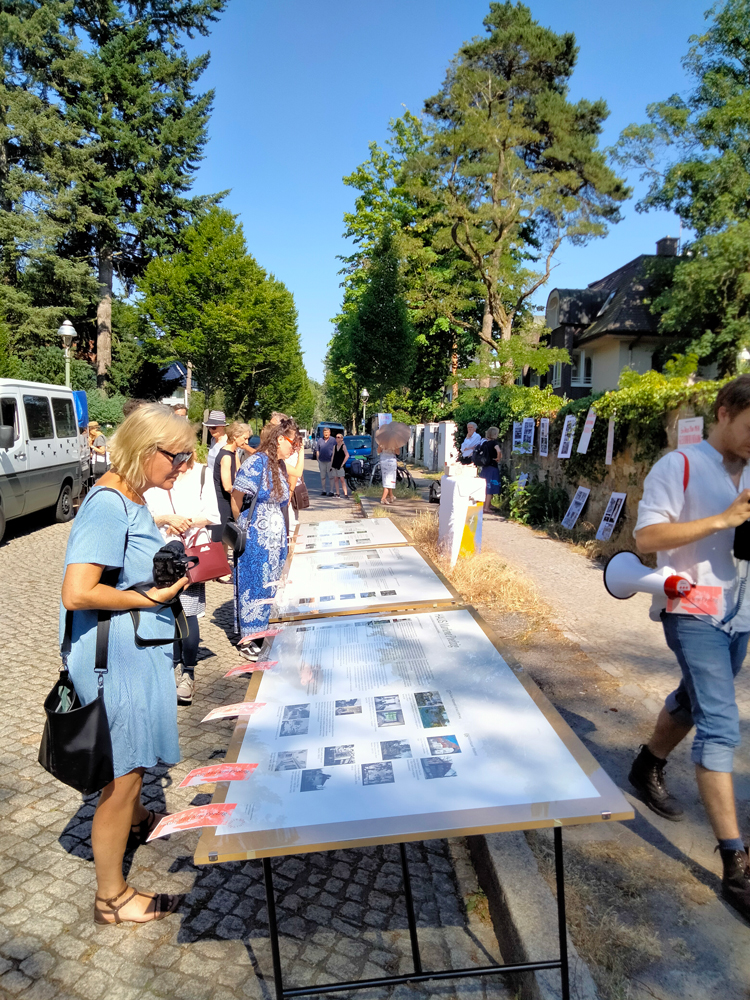
Coupled with this, campaigners are increasingly concerned that the owner may want to simply demolish the Poelzig family home. What would be lost would be more than just the house but a tangible means to remember Marlene’s and Hans’ shared contribution to architecture and as one activist put it,
‘a unique monument of the history of emancipation in architecture.’
It all speaks to the issue of what does heritage protection mean? It’s easy to understand when talking about bricks and mortar or poured concrete but shouldn’t it go further, should it independently take into account the whole life of former occupants of a building of note? Again, tricky; should Harlen also be recalled? ‘The house unites many narratives and historical time layers, including uncomfortable ones…making the house so special today.
When so few examples of female modernist architects are available can one simply stand on the sidelines watching one salvageable example sink under the weight of bureaucracy?
The Women in Architecture Festival took place in Berlin in June 2021 and their response is the Marlene Poelzig Scholarship Programme, created to address the shortcomings of the architecture industry in its support of women. Underpinning this is “Mother of all Arts” a series of physical and virtual events.
